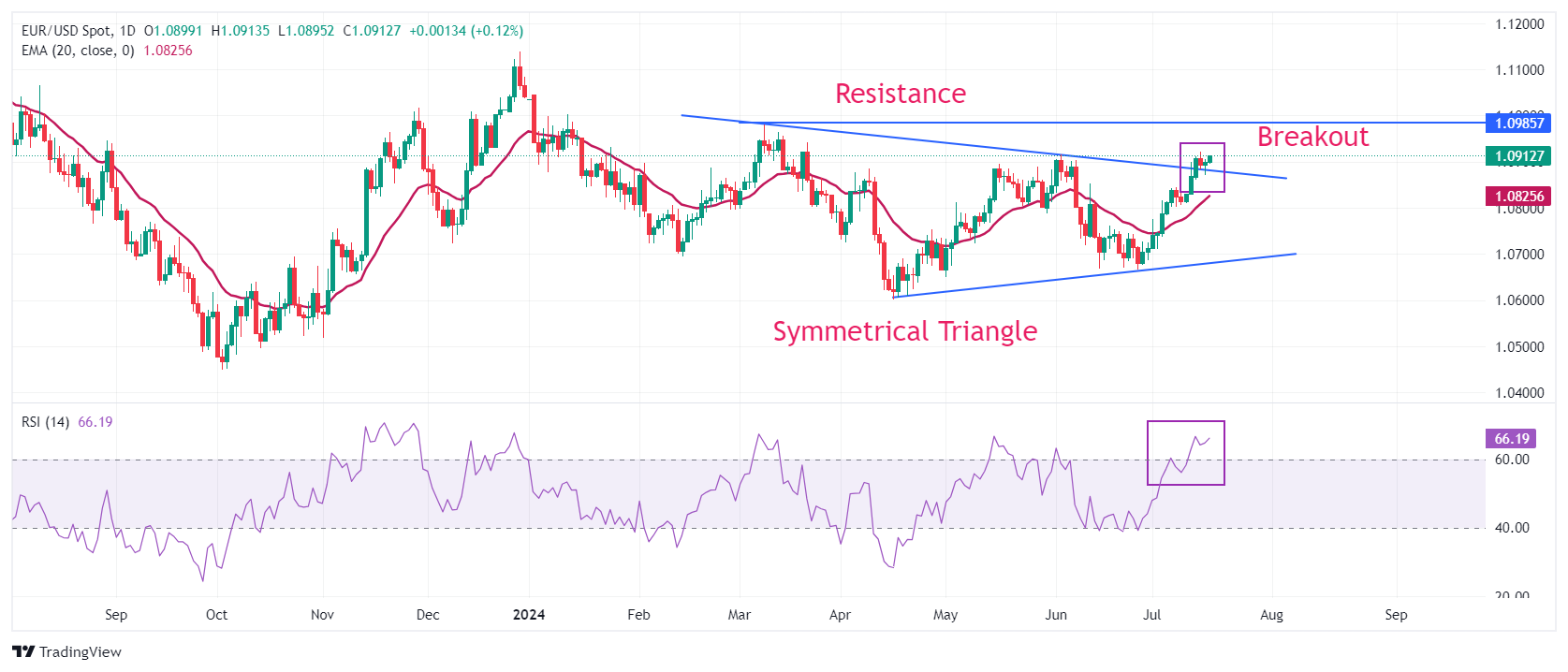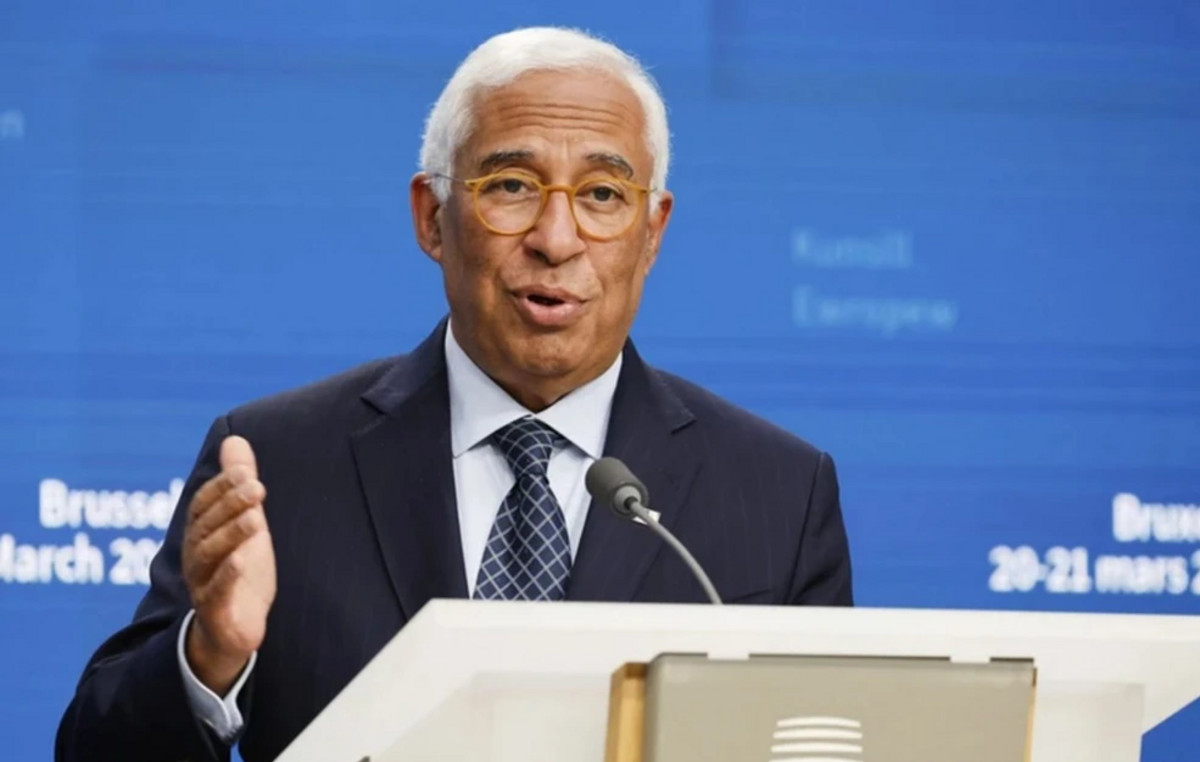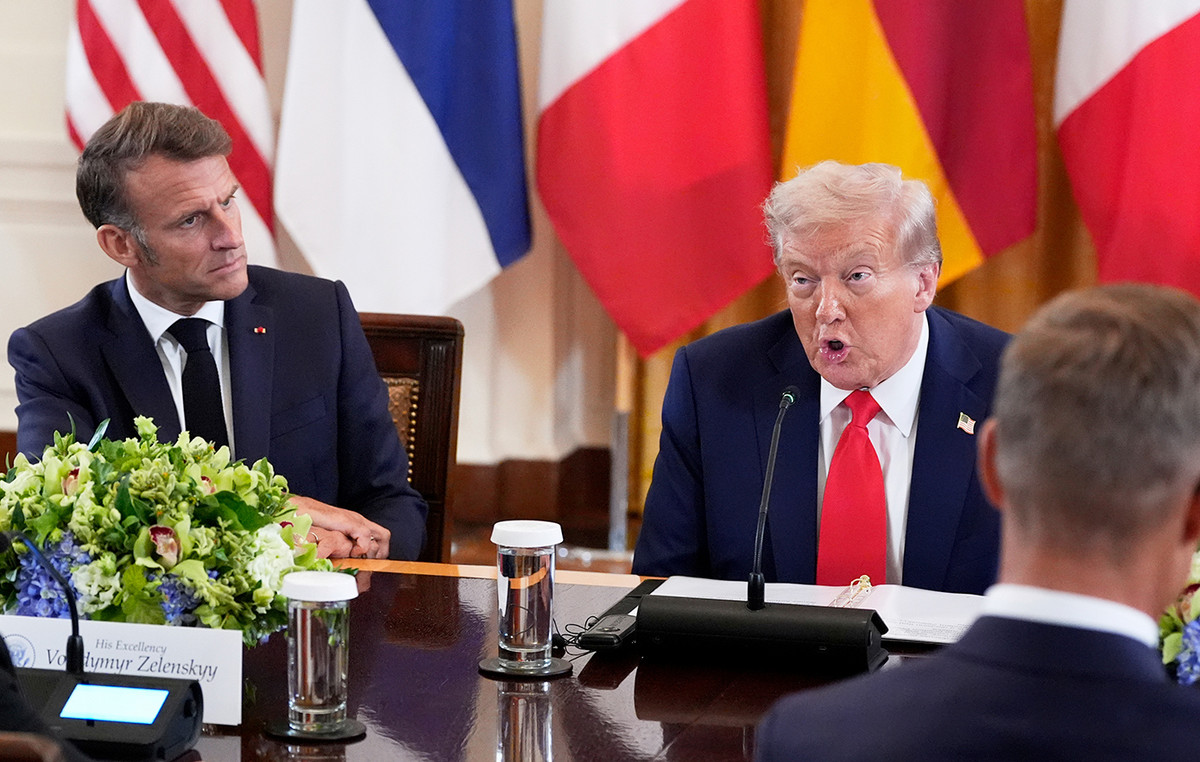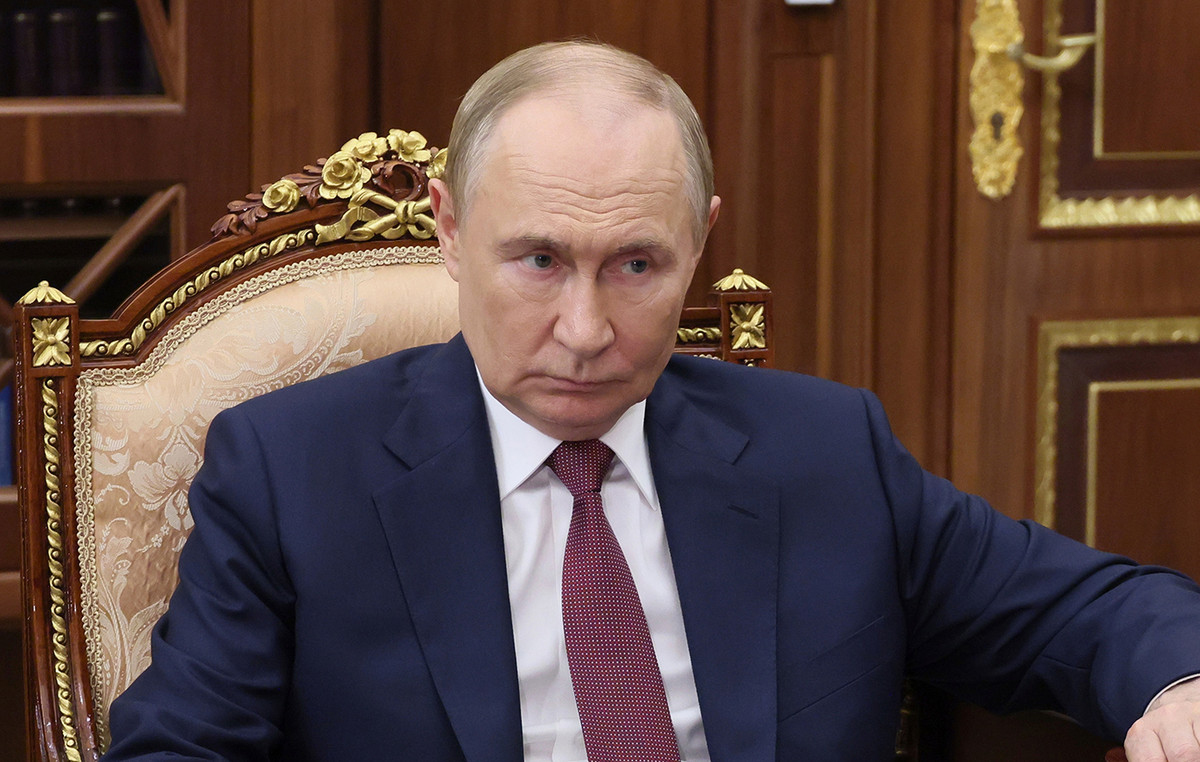- EUR/USD rises above 1.0900 as investors view a Fed rate cut in September as a fait accompli.
- Better-than-expected US retail sales report does not dampen Fed rate cut prospects.
- The ECB is expected to keep interest rates unchanged on Thursday.
EUR/USD jumps above 1.0900 and hits a fresh four-month high in the European session on Wednesday. The major currency pair extends its gains after recovering its losses on Tuesday, boosted by the better-than-expected United States (US) retail sales report for June.
Data showed on Tuesday that monthly retail sales were unchanged, as expected, as lower revenue at auto dealers was offset by strong demand for basic goods. The Retail Sales Control Group, a key measure of the consumer spending component of gross domestic product (GDP) that excludes revenue from auto dealers, building materials retailers, gas stations, office supply stores, mobile home dealers and tobacco stores, rose at a stronger pace of 0.9% compared with the previous release of 0.4%.
The U.S. Census Bureau also revised the retail sales reading for May to 0.3% from 0.1%, adding to the economic strength. Although the retail sales report has beaten estimates, it fails to weaken strong speculation that the Federal Reserve (Fed) will begin to cut interest rates as early as the September meeting.
Traders view talk of rate cuts in September as a fait accompli due to easing inflationary pressures and easing labor market strength. The recent consumer inflation report for June signaled that the disinflation process has resumed after a pause in the first quarter of the year.
Moreover, recent comments from Fed officials have indicated that their confidence in inflation easing to the bank’s 2% target has improved. On Tuesday, Fed Governor Adriana Kugler signaled cautious optimism that inflation is on track to return to the bank’s 2% target. Kugler acknowledged progress on disinflation in all three categories: goods, services and now housing, Reuters reported.
Daily Moves and Market Movers: EUR/USD Rises Further as US Dollar Weakens
- The EUR/USD is expected to trade cautiously with a focus on the European Central Bank (ECB) monetary policy meeting, which is scheduled for Thursday. The ECB is expected to keep interest rates unchanged. Therefore, investors will pay close attention to comments on the interest rate outlook to know when the ECB will cut interest rates again.
- The ECB made its first rate cut in June after maintaining a restrictive interest rate framework for two years to control strong inflationary pressures driven by coronavirus pandemic-related stimulus. ECB officials voted to reverse the restrictive policy stance after gaining confidence that inflation will return to the desired rate of 2%. However, policymakers expect price pressures to remain at their current levels throughout the year and return to the bank’s target next year.
- Financial markets expect the ECB to make two more rate cuts this year. Meanwhile, investor sentiment in the eurozone’s largest economy, Germany, has deteriorated due to weak demand from both domestic and foreign markets.
- On Tuesday, a sharp drop in Germany’s ZEW Survey – Economic Sentiment for July raised concerns about the economic outlook. The sentiment data, a key measure of institutional investors’ sentiment toward economic growth, declined at a robust pace to 41.8 from the consensus of 42.5 and May’s reading of 47.5.
Technical Analysis: EUR/USD rises to 1.0950
EUR/USD advances towards near 1.0950. The major currency pair strengthens after a breakout of a Symmetrical Triangle formation on a daily time frame. A breakout of the mentioned chart pattern results in wider ticks and heavy volume. The shared currency pair is expected to extend its upside towards the high of March 8 near 1.0980.
The short-term outlook for the major currency pair is bullish as the 20-day exponential moving average (EMA) near 1.0816 is sloping upwards.
The 14-day Relative Strength Index (RSI) is moving into the bullish range of 60.00-80.00, suggesting strong bullish momentum.
Euro FAQs
The Euro is the currency of the 20 European Union countries that belong to the Eurozone. It is the second most traded currency in the world, behind the US Dollar. In 2022, it accounted for 31% of all foreign exchange transactions, with an average daily volume of over $2.2 trillion per day. EUR/USD is the most traded currency pair in the world, accounting for an estimated 30% of all transactions, followed by EUR/JPY (4%), EUR/GBP (3%) and EUR/AUD (2%).
The European Central Bank (ECB), based in Frankfurt, Germany, is the reserve bank of the Eurozone. The ECB sets interest rates and manages monetary policy. The ECB’s main mandate is to maintain price stability, which means controlling inflation or stimulating growth. Its main instrument is to raise or lower interest rates. Relatively high interest rates – or the expectation of higher rates – generally benefit the Euro and vice versa. The Governing Council of the ECB takes monetary policy decisions at meetings held eight times a year. Decisions are taken by the heads of the national banks of the Eurozone and six permanent members, including ECB President Christine Lagarde.
Eurozone inflation data, as measured by the Harmonised Index of Consumer Prices (HICP), is an important econometric data point for the euro. If inflation rises more than expected, especially if it exceeds the ECB’s 2% target, the ECB is forced to raise interest rates to bring inflation back under control. Relatively high interest rates compared to their peers usually benefit the euro, as it makes the region more attractive as a place for global investors to park their money.
Data releases measure the health of the economy and can influence the Euro. Indicators such as GDP, manufacturing and services PMIs, employment and consumer sentiment surveys can influence the direction of the single currency. A strong economy is good for the Euro. Not only does it attract more foreign investment, but it can encourage the ECB to raise interest rates, which will directly strengthen the Euro. Conversely, if economic data is weak, the Euro is likely to fall. Economic data from the four largest Eurozone economies (Germany, France, Italy and Spain) are especially significant, as they account for 75% of the Eurozone economy.
Another important output for the euro is the trade balance. This indicator measures the difference between what a country earns from its exports and what it spends on imports during a given period. If a country produces highly sought-after export products, its currency will appreciate due to the additional demand created by foreign buyers who wish to purchase these goods. Therefore, a positive net trade balance strengthens a currency and vice versa for a negative balance.
Source: Fx Street
I am Joshua Winder, a senior-level journalist and editor at World Stock Market. I specialize in covering news related to the stock market and economic trends. With more than 8 years of experience in this field, I have become an expert in financial reporting.








